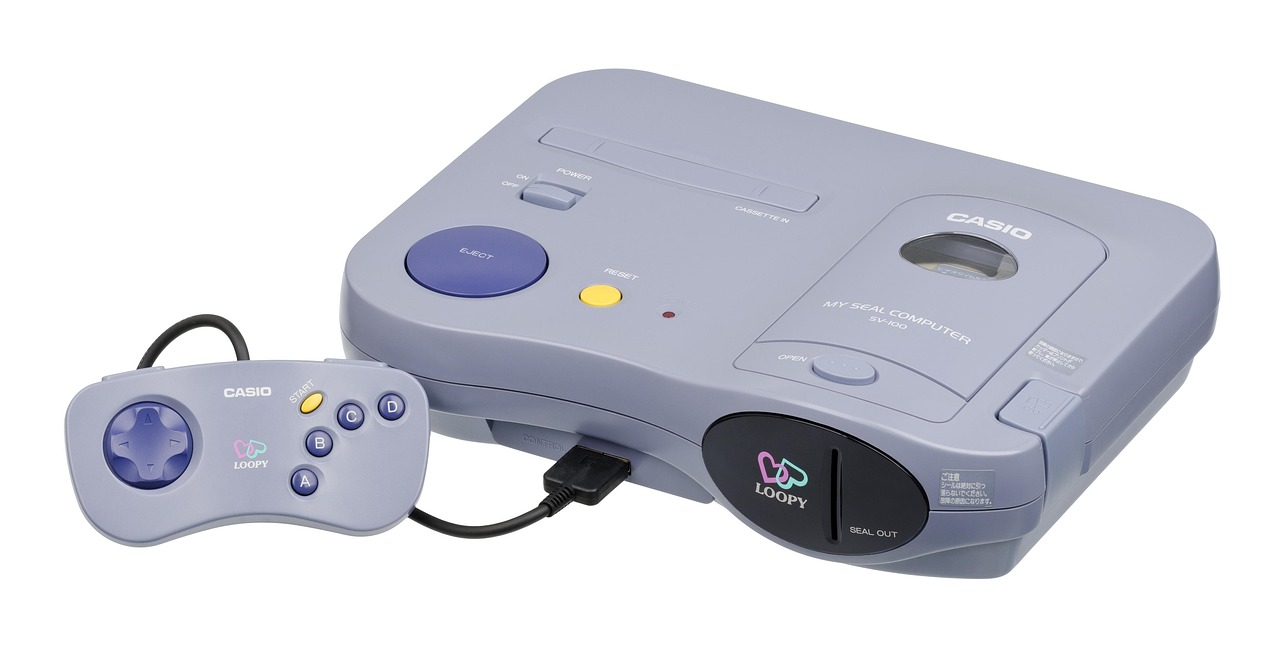From the tiny poppy seed sprinkled on your morning bagel to the robust kernels of corn that fuel much of the world, seeds are the unassuming powerhouses of life. These miniature packages hold the blueprint for future plants, containing everything necessary to sprout, grow, and reproduce. Understanding seeds – their diversity, how they work, and how to best utilize them – unlocks a world of possibilities for gardeners, farmers, and anyone interested in the natural world. This article delves into the fascinating world of seeds, exploring their biology, types, selection, storage, and the crucial role they play in our lives.
Understanding Seed Anatomy and Biology
Seeds are truly marvels of engineering, designed to protect and nourish a plant embryo until conditions are right for germination. Understanding their structure and how they function is essential for successful gardening and farming.
Key Seed Components
- Embryo: The miniature plant inside the seed, complete with a root (radicle), a shoot (plumule), and one or two seed leaves (cotyledons). This is the baby plant waiting to emerge.
- Endosperm: A food reserve rich in starch, oils, and proteins that nourishes the embryo during germination. Think of it as the embryo’s lunchbox.
- Seed Coat (Testa): A protective outer layer that shields the embryo from damage, dehydration, and pathogens. This can range from thin and papery to thick and hard, depending on the species.
The Germination Process
Germination is the process by which a seed sprouts and begins to grow. It requires specific conditions, primarily:
- Water: Essential for hydrating the seed and triggering metabolic processes. The seed absorbs water, causing it to swell and the seed coat to soften.
- Oxygen: Needed for respiration, which provides the energy for growth. The embryo respires, consuming oxygen to fuel its development.
- Temperature: Each seed has an optimal temperature range for germination. Too cold or too hot, and the seed may not sprout. For example, tomato seeds typically germinate best at around 75-85°F (24-29°C).
- Light (for some species): Some seeds, particularly very small ones like lettuce, require light to germinate. This is often a signal to the seed that it’s near the soil surface.
Seed Dormancy
Many seeds exhibit dormancy, a state of suspended animation that prevents them from germinating under unfavorable conditions. This is an evolutionary adaptation that helps ensure survival.
- Types of Dormancy: Dormancy can be caused by a hard seed coat that prevents water absorption (physical dormancy), chemical inhibitors within the seed (physiological dormancy), or the need for a period of cold stratification (morphological dormancy).
- Breaking Dormancy: Gardeners can break dormancy through techniques like scarification (scratching or nicking the seed coat), stratification (exposing seeds to cold, moist conditions), or soaking the seeds in water.
Types of Seeds: Heirloom, Hybrid, and GMO
Understanding the different types of seeds available is crucial for making informed choices about what to grow.
Heirloom Seeds
- Definition: Heirloom seeds are open-pollinated seeds that have been passed down through generations, typically for at least 50 years. They breed true, meaning that the offspring will have the same characteristics as the parent plant.
- Benefits:
Excellent flavor and unique characteristics. Many heirloom varieties have been selected for their taste and appearance.
Adaptability to local conditions. Heirlooms often become better adapted to a specific region over time.
Support for biodiversity. Growing heirlooms helps preserve genetic diversity.
- Example: Brandywine tomatoes, Kentucky Wonder beans, and Moon and Stars watermelons are popular heirloom varieties.
Hybrid Seeds (F1 Hybrids)
- Definition: Hybrid seeds are created by crossing two different parent plants to combine desirable traits. They are often labeled as “F1 hybrids” (First Filial generation).
- Benefits:
Increased yield and vigor. Hybrids often exhibit “hybrid vigor,” resulting in faster growth and higher yields.
Disease resistance. Breeders can select parent plants with disease resistance and combine those traits in the hybrid.
Uniformity. Hybrids tend to produce plants that are more uniform in size, shape, and maturity time.
- Important Note: Hybrid seeds do not breed true. Saving seeds from hybrid plants will likely result in offspring that are different from the parent plant.
Genetically Modified (GMO) Seeds
- Definition: GMO seeds have had their genetic material altered through biotechnology techniques to introduce specific traits, such as herbicide resistance or insect resistance.
- Common GMO Crops: Corn, soybeans, cotton, and canola are the most common GMO crops.
- Considerations: GMOs are a controversial topic, and regulations vary widely around the world. Many gardeners and farmers prefer to avoid GMO seeds.
Selecting High-Quality Seeds
Choosing the right seeds is the foundation of a successful garden or farm. Here’s how to ensure you’re starting with the best possible material.
Factors to Consider
- Seed Source: Purchase seeds from reputable suppliers with good quality control. Look for companies with a long history and positive reviews. Local seed companies often offer varieties that are well-suited to your region.
- Seed Packet Information: Pay attention to the information on the seed packet, including the variety name, germination rate, date of packaging, and any special instructions.
- Germination Rate: The germination rate indicates the percentage of seeds that are expected to sprout under optimal conditions. A higher germination rate means you’ll need fewer seeds to achieve the desired plant density.
- Disease Resistance: Choose varieties that are known to be resistant to common diseases in your area. This can reduce the need for pesticides and fungicides.
- Days to Maturity: Consider the “days to maturity” when selecting seeds. This is the number of days from planting to harvest. Choose varieties that will mature within your growing season.
Conducting a Germination Test
To ensure your seeds are viable, conduct a simple germination test before planting.
Seed Storage for Longevity
Proper seed storage is essential for maintaining seed viability and ensuring successful germination in future years.
Optimal Storage Conditions
- Cool Temperature: Store seeds in a cool location, ideally below 50°F (10°C). A refrigerator or freezer can be used for long-term storage, but be sure to dry the seeds thoroughly before freezing.
- Low Humidity: Moisture is the enemy of seed viability. Store seeds in airtight containers with a desiccant (such as silica gel packets) to absorb any excess moisture.
- Darkness: Light can also degrade seeds over time. Store seeds in a dark location, such as a cupboard or drawer.
Storage Containers
- Airtight Jars: Glass jars with airtight lids are excellent for seed storage.
- Mylar Bags: Mylar bags provide a barrier against moisture, oxygen, and light.
- Seed Packets: Original seed packets can be used for short-term storage, but they are not ideal for long-term storage.
Seed Longevity
The longevity of seeds varies depending on the species and storage conditions.
- Short-Lived Seeds (1-3 years): Onions, parsnips, corn, and peppers.
- Medium-Lived Seeds (3-5 years): Beans, carrots, lettuce, peas, and tomatoes.
- Long-Lived Seeds (5+ years): Brassicas (broccoli, cabbage, kale), cucumbers, melons, and spinach.
Conclusion
Seeds are the foundation of our food supply and a vital part of our ecosystem. By understanding their biology, selecting high-quality seeds, and storing them properly, gardeners and farmers can ensure successful harvests and contribute to a more sustainable future. Whether you’re a seasoned pro or a beginner, taking the time to learn about seeds is an investment that will pay off in healthier plants, bountiful harvests, and a deeper connection to the natural world.



